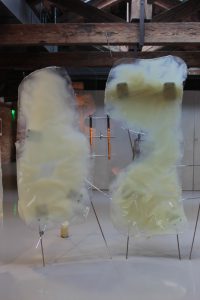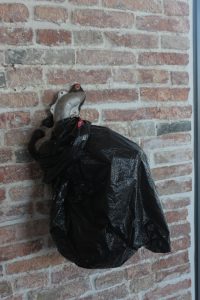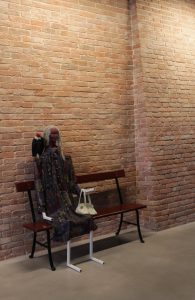Slip of the Tongue
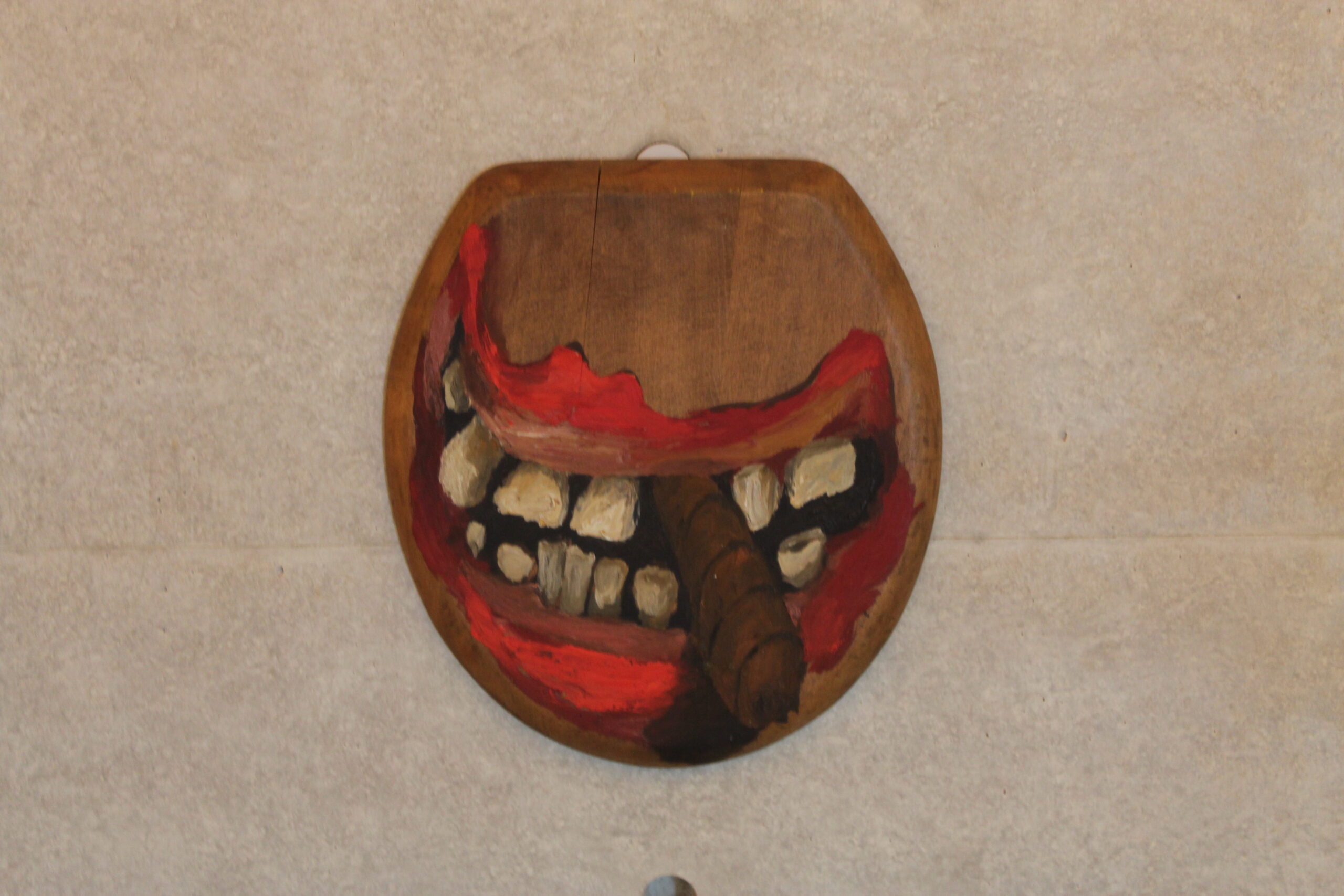
Slip of the tongue at Punta Della Dogana
Slip of the Tongue, curated by artist Danh Vo in collaboration with Caroline Bourgeois uses the Pinault Collection to create a vast group exhibition that moves seamlessly through time, history and ideas. An underpinning to the exhibition is a reflection on the role of the curator as a cultural caretaker, civil servant, conservator or a figure that through their work repairs or upholds cultural values. The outcome is a rich, lyrical show that through each room builds a composition reflecting on history, time, identity, sex/sexuality, care and kinship, yet manages to never fully settle. On even a third viewing the exhibition continues to unfold.
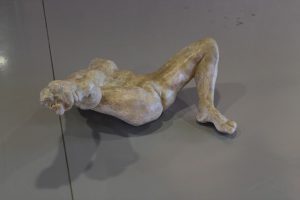
The life and history of artworks and the stories that surround their coming into being form a significant part of the show. Some of the objects in the exhibition have been damaged, restored or were never intended for public viewing. Slip of the tongue is put together with a sensitivity to these works and histories without glorifying of romanticising them, in many ways quite the opposite. Above is a plaster cast of a Auguste Rodin sculpture, made post-humously by his assistants the work is a sketch for other more monumental sculptures. When entering the room this work is particularly striking not only due to its consciously erotic pose and the absence of a head or left arm, but also its presentation in the space. The cast is shown directly on the floor without a plinth or support, making it sit awkwardly with Rodin’s canon of work. Its depiction in the accompanying exhibition guide represents it sitting at a different angle, which is notable, as when encountering the work in the space it appears dumped onto the floor. This subtle displacement or gesture turns it into an extra, a prototype or an object that is surplus to the recorded, official history.
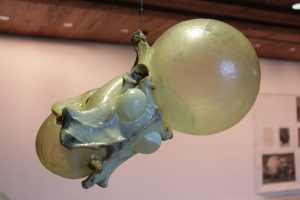
There is an attention to detail to this exhibition that goes beyond merely being a slick install, but serves to level the works in the exhibition. The artist and title of the works in each room, is pushed right to the edge of each space. In pulling away their historical or contextual information the works are free to breath and take on alternate meanings as they are less dictated by a sense of aura or fame of an artist. To rectify the absence of information is a hefty exhibition guide that you are given on arrival, which could almost act as an catalogue. Artists are listed alphabetically within the guide and as a result further complicates associations between the works on show. This guide (which few seemed to refer to when visiting) provides historical or anecdotal information about the work and the collection. Again this is carefully considered as a document, it elaborates latent qualities of the works, yet still allows for the viewers subjectivity and free association in the way that the exhibition does.
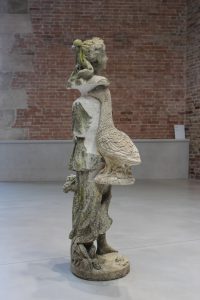
A recurring motif through Slip of the Tongue is the presence or suggestion of a figure or the body, both formally and conceptually. A particularly touching point in the exhibition is a room where you encounter Roni Horn’s work Gold Field, two compressed sheets of gold that lie directly onto the floor. This work was encountered by the artist Felix Gonzales-Torres (1957-1996) around the time that his partner Ross Laycock was dying of AIDS. Gonzales-Torres later contacted Horn about this work and the effect it had on him at that time, planting the seed of a friendship that would later develop between Horn and Gonzales-Torres. Above on the rafters of this space is a work by Gonzales-Torres- Untitled (Portrait of Julie Ault) consisting of text and dates that record memories and events from the artist Julie Ault’s life. The specific contents of the work are open for addition, redaction and reformatting, and for this iteration of the work, Roni Horn was asked to author this version of the Portrait. This space is viewed from the side (it is cordoned off) presenting Gold Field almost as if it were a figure standing alone in the space. Within these two works lies an intimate series of connections, tribute and portrait executed with a poetic light touch that allows Gonzales-Torres to bring artists Horn and Ault into meeting just through the stipulations of the work.
